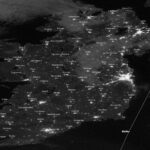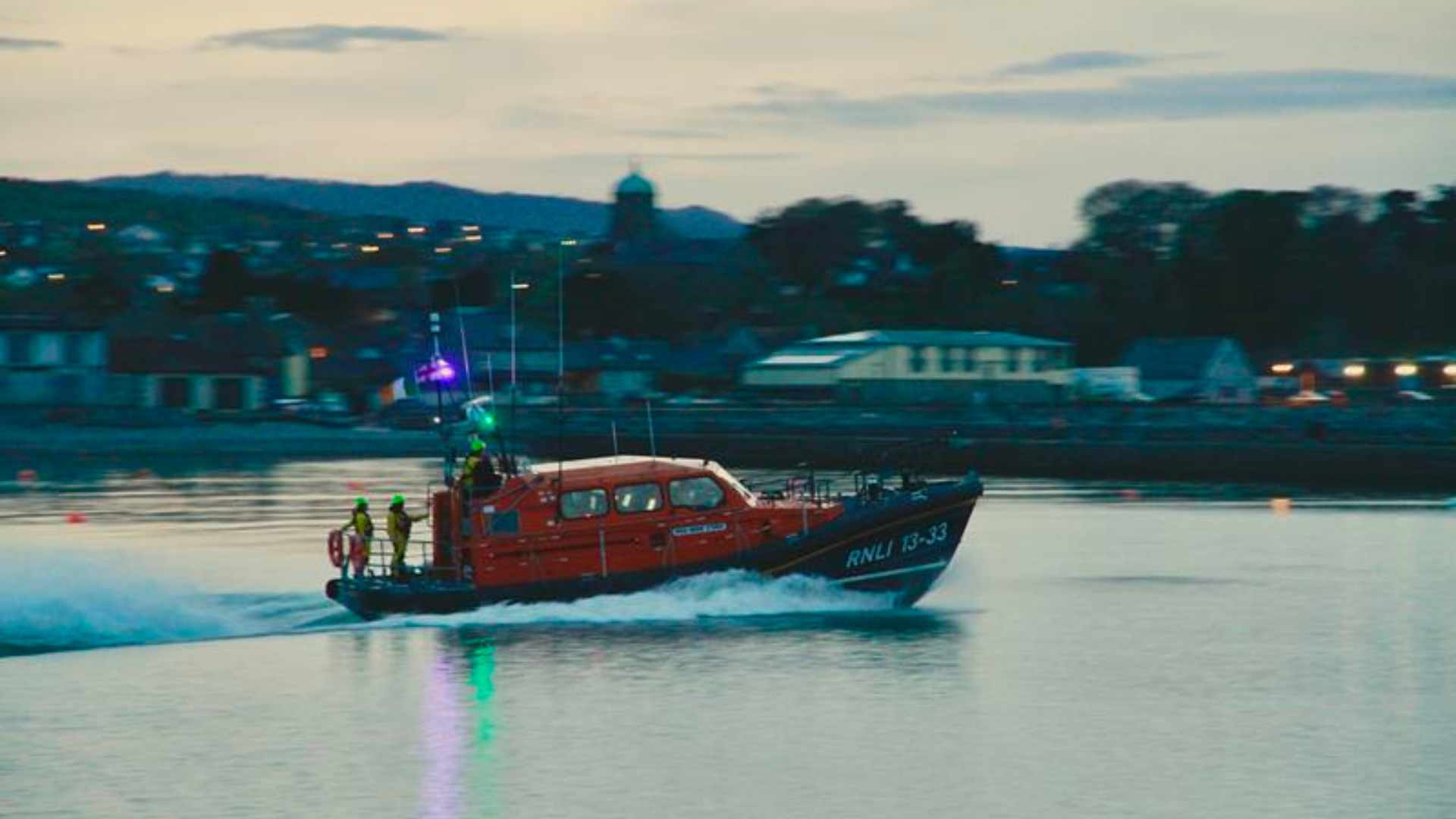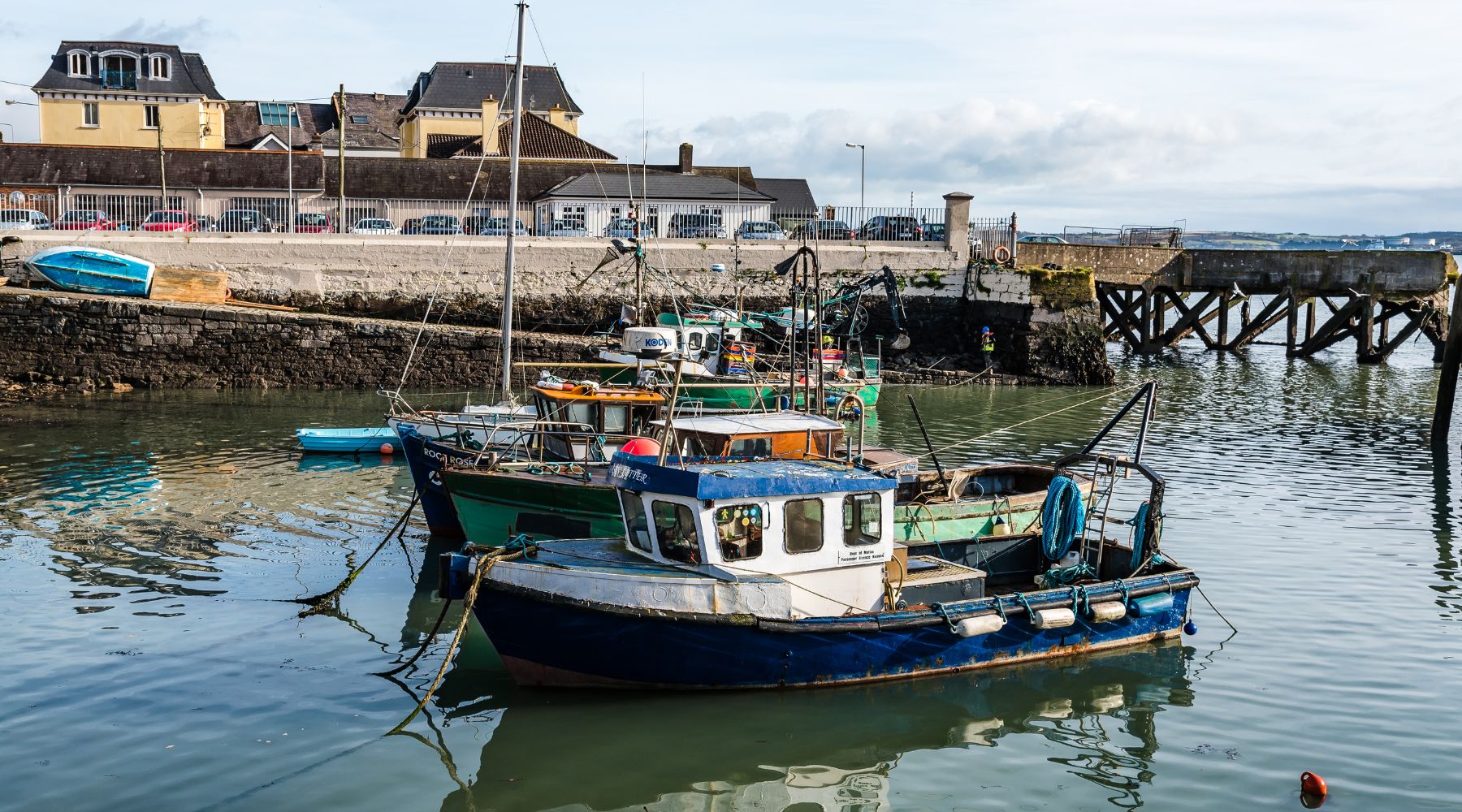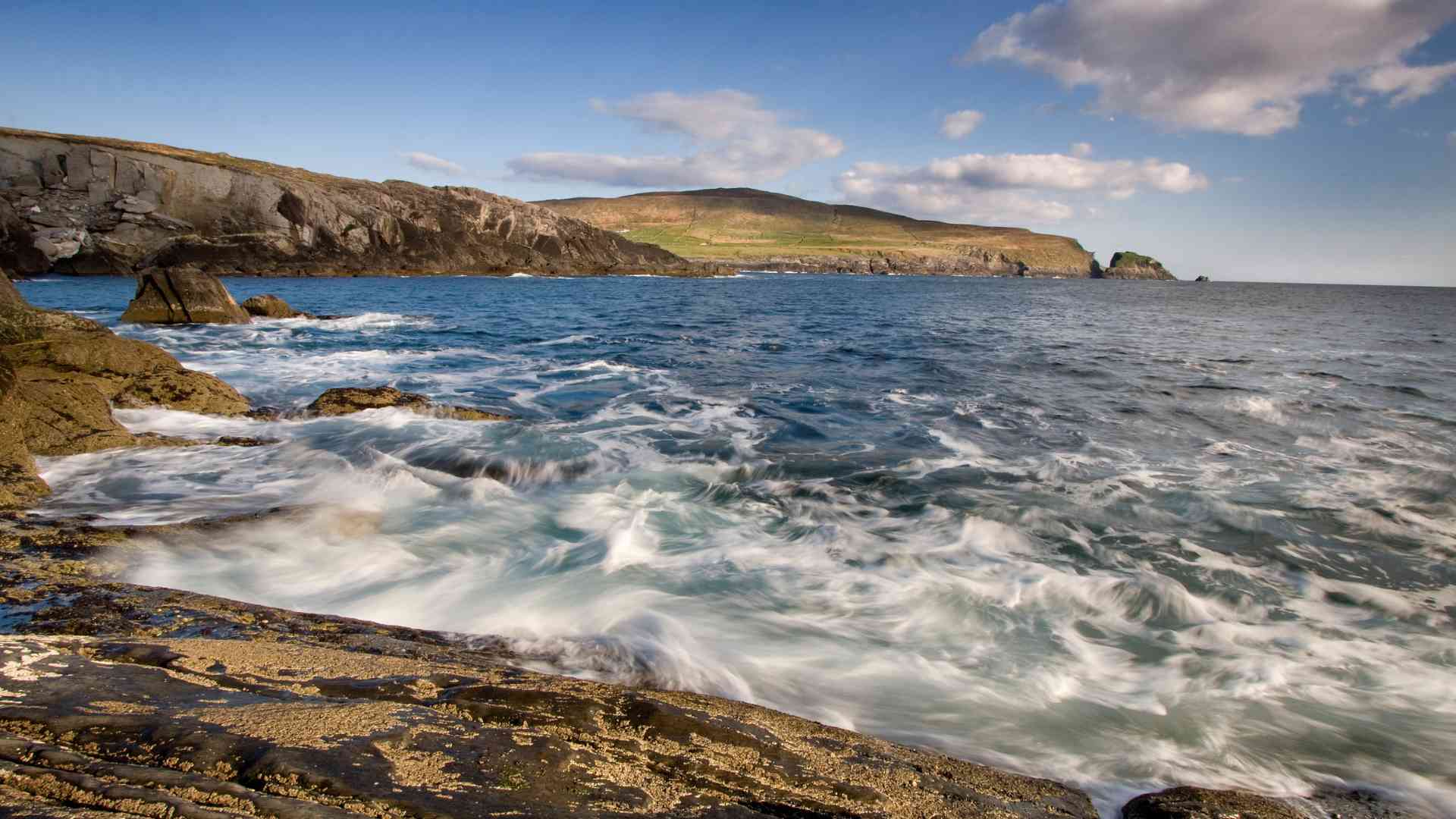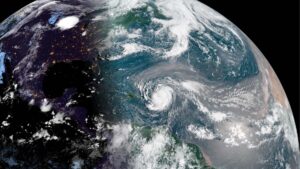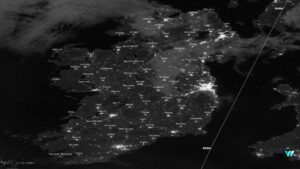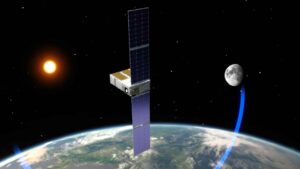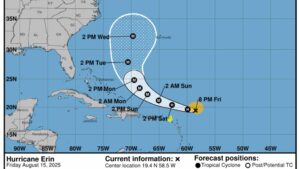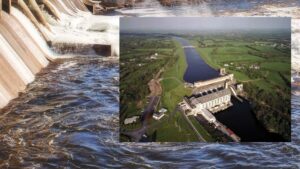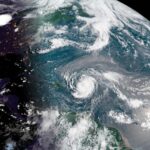
Ocean levels began accelerating in 1950s, study shows
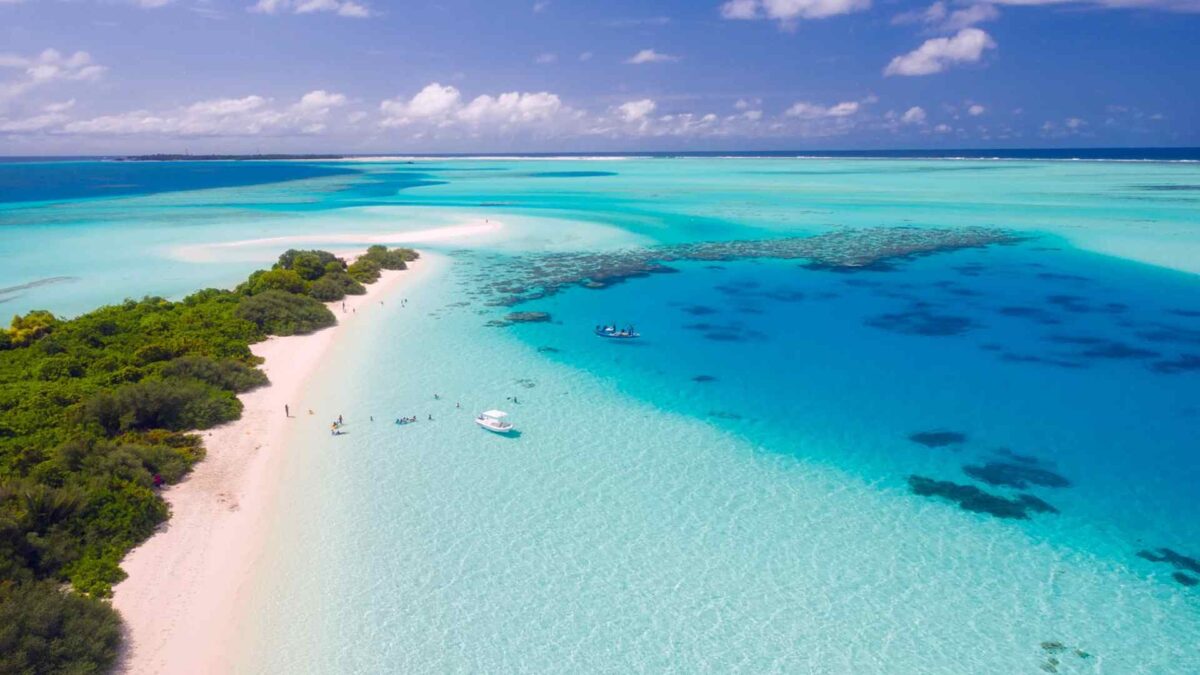
A century-long coral record from the Maldives has revealed that sea-level rise in the Indian Ocean began accelerating far earlier than previously believed, with changes evident from 1959, more than a decade before coastal tide gauges or satellites detected it.
The groundbreaking study, published in Nature Communications, was led by Professor Paul Kench of the National University of Singapore (NUS) in collaboration with researchers from NUS and Nanyang Technological University. By analysing the growth layers of corals, which act as natural archives capturing details such as ocean temperature, salinity and water depth, the team was able to reconstruct an unbroken record of sea-level and climate changes stretching back to the early 20th century.
The findings extend the historical sea-level record for the Indian Ocean by 60 years, offering vital context for interpreting modern changes. Crucially, the research shows that the ocean’s rise accelerated in the late 1950s, coinciding with rapid global temperature increases and glacial melt linked to human activity.
Since the mid-20th century, sea levels in the Indian Ocean have climbed by around 30cm. The basin covers roughly 30 per cent of the world’s ocean area and supports a similar share of the global population. “What we are seeing is a clear fingerprint of human-driven climate change etched into the skeletons of corals,” said Prof Kench. “The early acceleration in sea-level rise is a warning sign that the ocean has been responding to global warming far earlier and more strongly than we thought.”
The implications for low-lying coastal communities are stark, with more frequent flooding, shoreline erosion, saltwater intrusion and damage to critical ecosystems such as mangroves and reefs. The Indian Ocean’s shifts also affect global climate patterns, agriculture, water security and disaster preparedness.
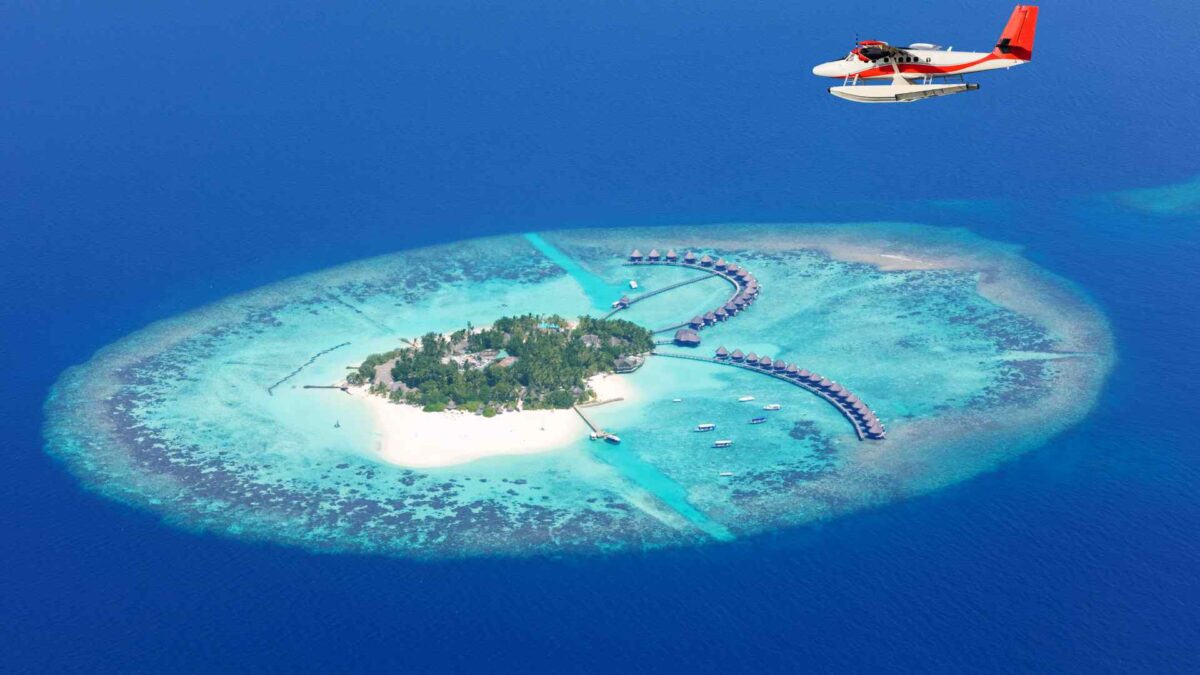
By calibrating coral data with tide-gauge and satellite measurements, the team confirmed that corals provide a highly reliable record of past sea levels and climate extremes. In addition to tracking long-term trends, the corals preserved signals of unusual warming and cooling periods and droughts, aligning closely with historical weather records.
For Singapore and its Southeast Asian neighbours, the coral record offers a baseline for refining climate models and strengthening adaptation plans. It could, for example, improve the accuracy of the city-state’s Coastal-Inland Flood Model and Climate Impact Science Research Programme.
The research, titled Coral growth records 20th Century sea-level acceleration and climatic variability in the Indian Ocean, was presented at the Asia Oceania Geosciences Society 2025 conference and has been covered by Science magazine. It is the most detailed reconstruction of Indian Ocean sea-level change to date and highlights the value of collaborative, interdisciplinary science in addressing the challenges of a warming world.
Share this WeathÉire story:
